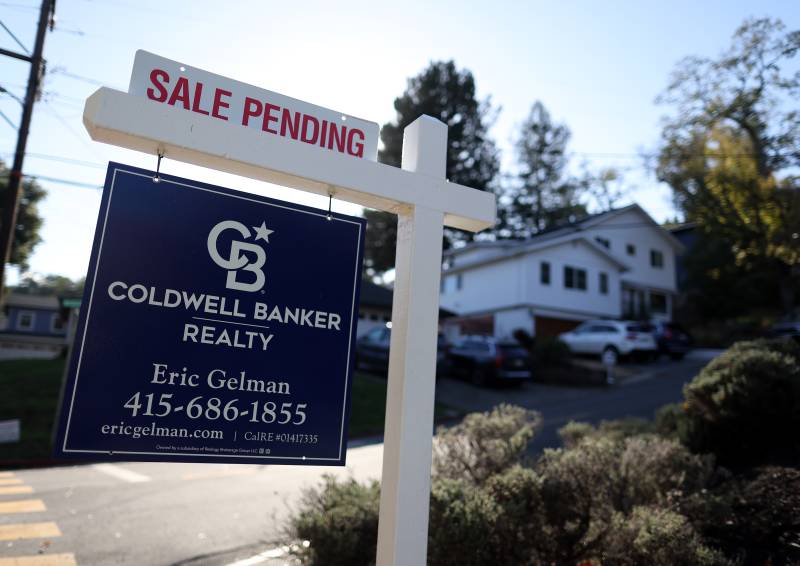When it rolled out last year, the California Dream for All program — a loan application for first-time home buyers — exhausted its approximately $300 million of funding within 11 days.
That prompted some changes this year for when the down payment assistance program opened again to California residents on April 3. The state has about $250 million on the table, which is expected to assist between 1,600–2,000 new applicants, said Eric Johnson, a spokesperson for the California Housing Finance Agency (CalHFA).
The program — officially called the California Dream for All Shared Appreciation Loan — is designed to have the state step into the role of a parent or grandparent in assisting their offspring buy a home.
“The program is designed to help those who may not have had the benefit of generational wealth in buying their first home,” Johnson said.
If you’re hoping to apply for the California Dream for All program in 2024, keep reading to see who is eligible, how the program has changed this year, and what you need to do. But hurry: Applications for the program officially close at 5 p.m. Pacific Time on Monday, April 29.
Jump straight to:
Who got the money in 2023?
While wildly popular, the California Dream for All program didn’t have the geographic reach its designers had hoped for — nor did it reach its intended demographic target, said Adam Briones, the CEO of California Community Builders, a nonprofit housing research and advocacy organization.
Briones and his team did the research that helped design the program to close the racial homeownership gap in the state. In California, nearly 37% of Black households own their homes compared to 63% of white households, according to the Public Policy Institute of California.
“The original hope of the program had been that formerly redlined communities, low-wealth communities … [would] be disproportionately supported by this program,” Briones said, “because they’ve been disproportionately held back by inequalities, both in terms of public policy and the way that our economic system works.”

